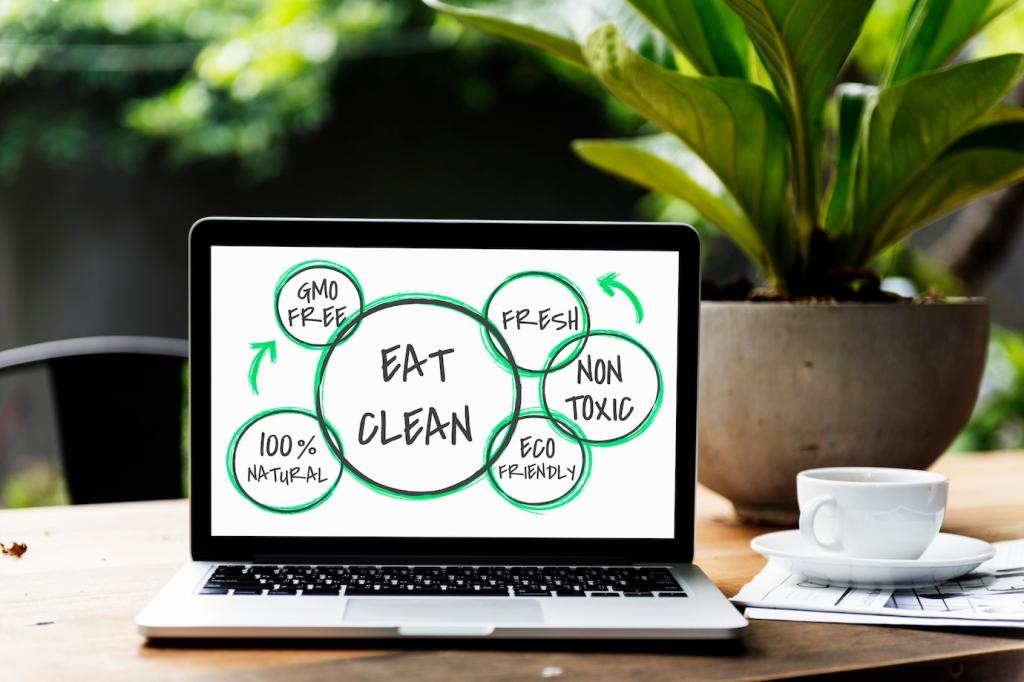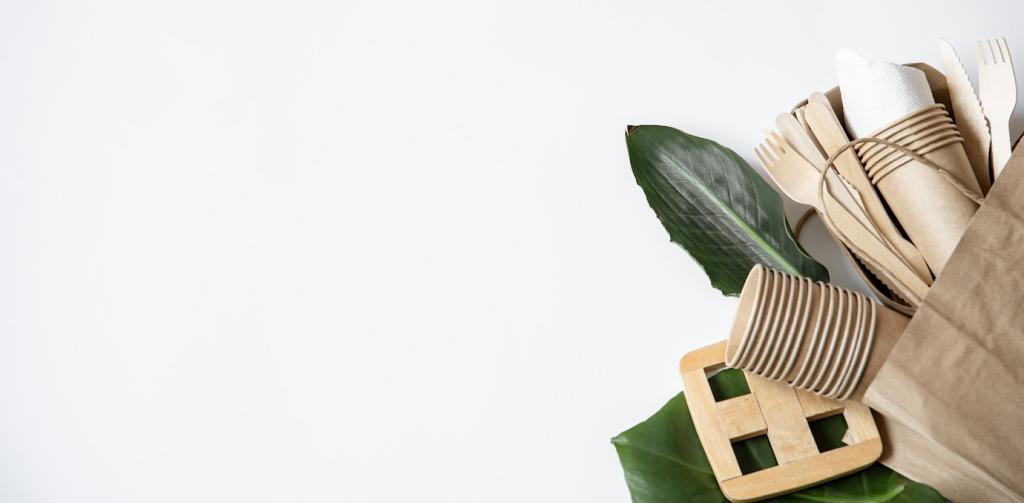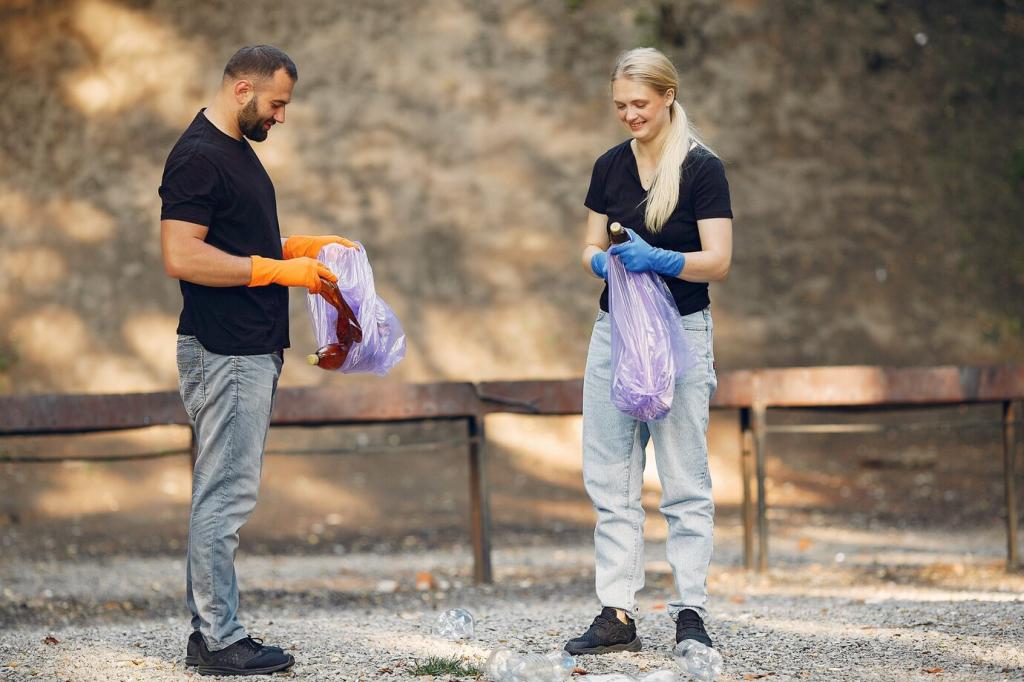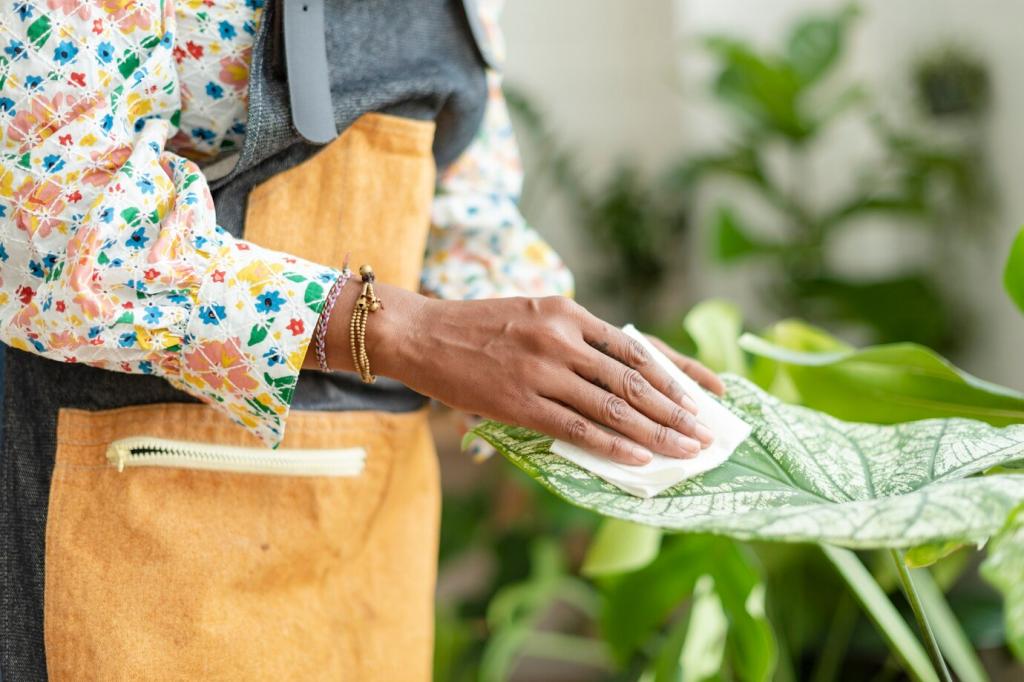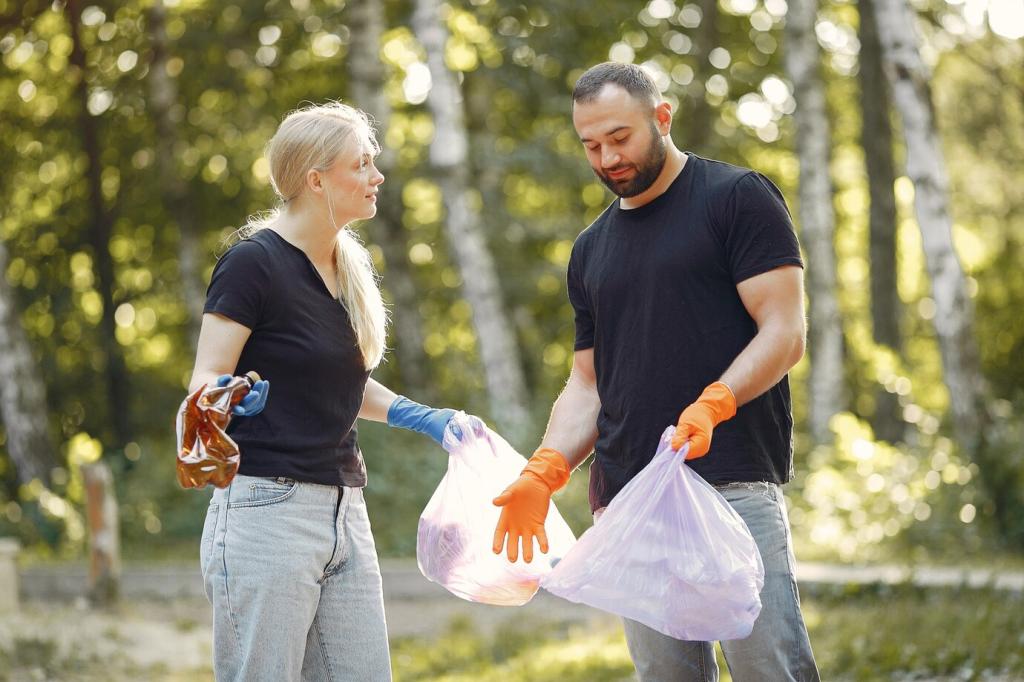Care Guides by Material
Dust along the grain, then apply a plant-based cleaner with a lightly damp cloth. Follow with a thin beeswax coat for protection, letting the surface breathe. Avoid soaking veneer edges and always buff gently.
Care Guides by Material
Use pH-balanced, non-toxic leather cleaners and conditioners free of silicones and dyes. Gentle hydration prevents cracking, while breathable protectants guard against everyday scuffs and stains. Always test inconspicuous areas before full applications.

